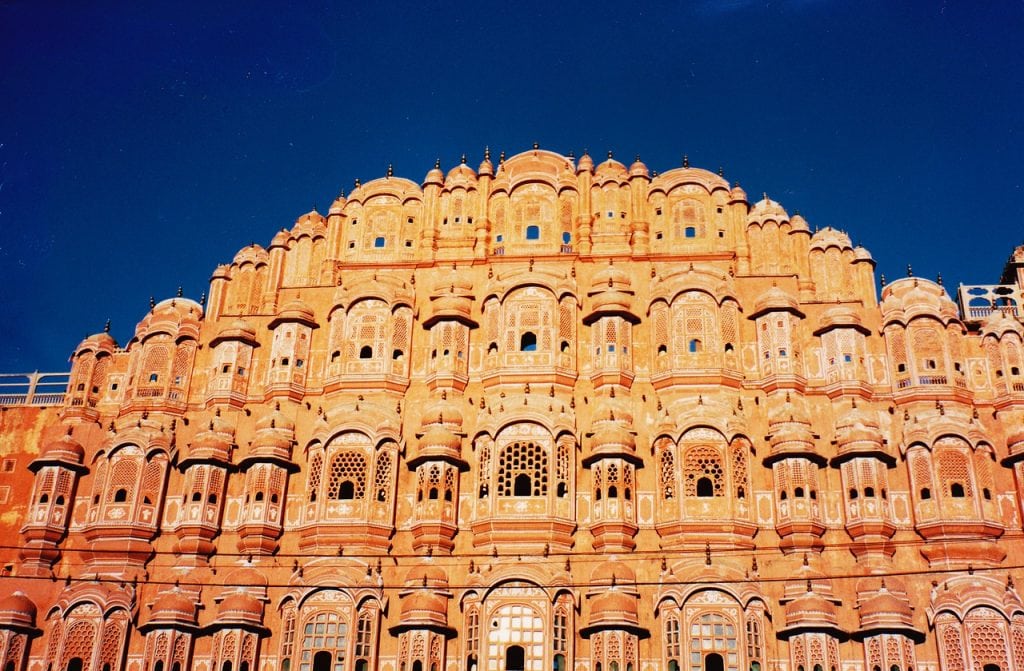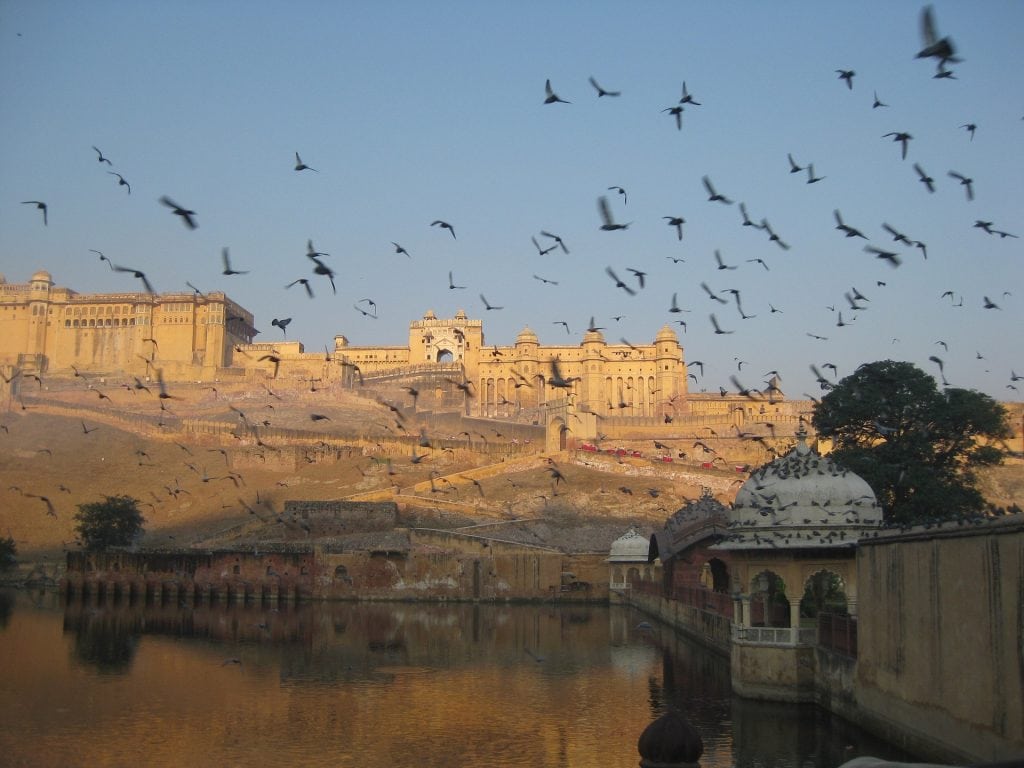
Easily one of the most captivating cities in all of India, if not Asia, Jaipur beguiles scores of annual visitors with architectural gems galore, a venerable culinary landscape and a phenomenal cultural scene. Without question, the state of Rajasthan’s “Pink City” is a bucket list destination with a deluge of attractions in store for hearty travellers. Home to a tidy population of 4 million people, the original Maharaja city of Jaipur was one of the first purpose-built capitals on the subcontinent when Sawai Jai Singh II consolidated his wealth and power in 1727.
The city was not built on a whim. Rather, the area that is now old Jaipur was the deliberate result of decades-long forethought and careful, mathematical precision, all in council with the best engineers and architects of the era. Faithful restoration work over the decades has ensured that contemporary visitors can enjoy the fruits of the Maharaja’s labour – and considerable patronage.
Jaipur is the gateway to Rajasthan

Indeed, with memorable points of interest like the indelible pink sandstone Hawa Mahal palace, stately Albert Hall and hilltop citadels like Amber Fort, Nahargarh Fort and Jaigarh Fort, Jaipur necessitates much more than a mere day trip. As a gateway to the rest of remarkable Rajasthan, a heritage sanctuary, vibrant modern metropolis and bastion of endemic folklore, Jaipur is a sublime city that rewards the most acute wanderlust aches.
[box_tip]
Jaipur’s top 10
- Iswari Minar Swarga Sal is a prominent minaret that offers lofty views of Jaipur
- Royal Gaitor contains some intricate cenotaph work in a lush area north of the city
- Central Museum in Albert Hall exhibits a collection of relics, objects and artefacts that span almost every aspect of traditional Rajasthani life
- Birla Lakshmi Narayan Temple is a relatively modern shrine with beautiful marble-work
- Temple of the Sun God is famous for its resident monkey population but is much more notable for exquisite views of the Rajasthani hinterland
- Jantar Mantar is a UNESCO World Heritage astronomical observation site built by Maharaja Jai Singh II in the early 18th century
- Amber (Amer) Fort dates back to the late 16th century and stands as a masterpiece in regional citadel architecture and design
- Nahargarh Fort overlooks the city from a perch in the Aravalli Hills and contains many fine Rajput architectural details
- Hawa Mahal is Jaipur’s fabulous “Palace of the Winds”. The landmark’s honeycomb-like facade is an iconic Rajasthani photo-op
- Jaigarh Fort sprawls over the Aravalli Hills some 400 m from Amber Fort and contains a terrific museum of royal artefacts

